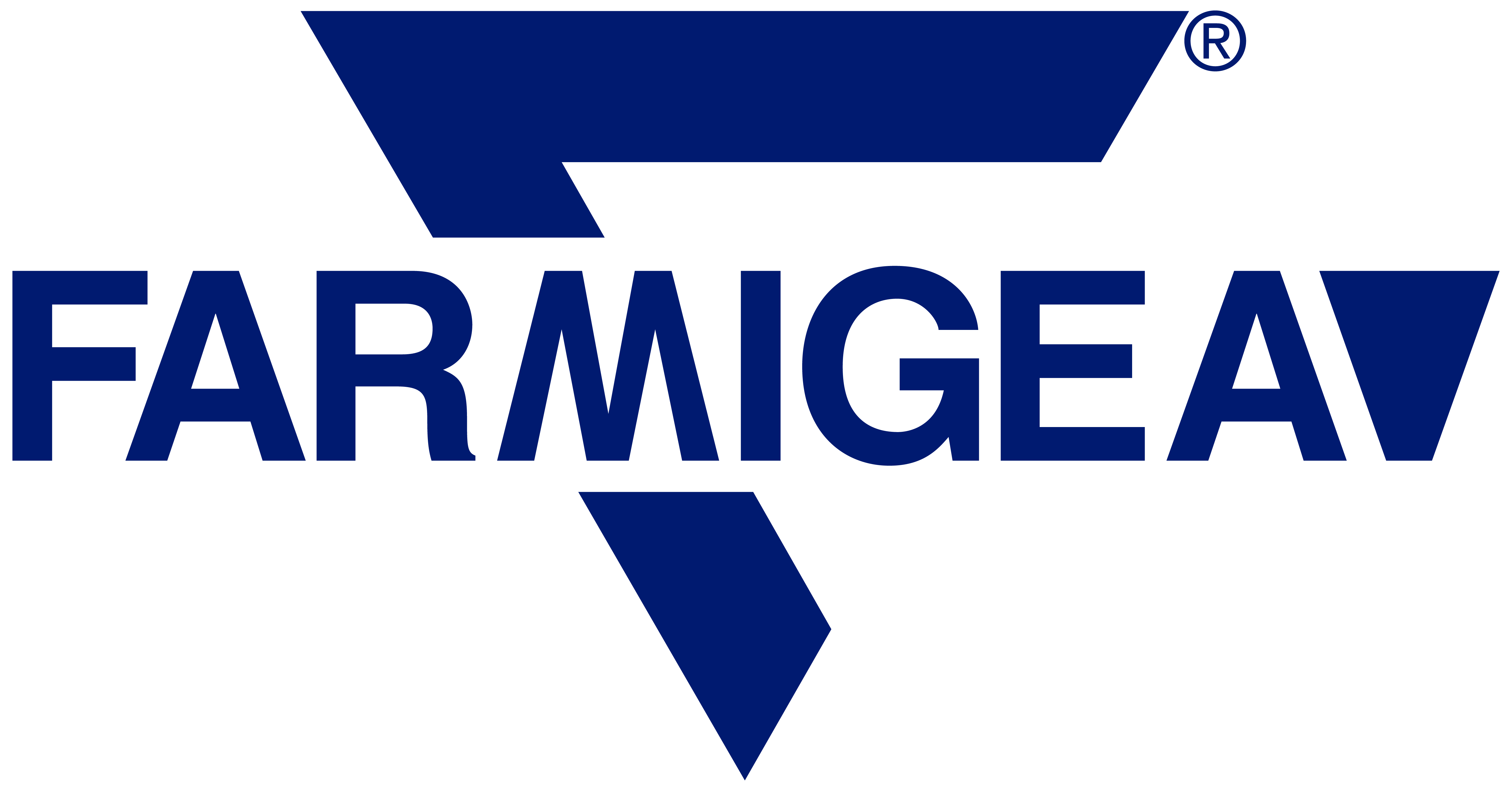The vocation to internationalization presents itself early in the history of Farmigea. It all began in the 1950s, a time of great growth for the company and new investments. After the purchase in 1949, the Federighi family dedicated the first few years to the reorganization of the accounts and the introduction of new drugs in the price list.
The real turning point began in 1952 from the moment the company began to close its balance sheets in profit, thus opening up the opportunity to look abroad to grow. Congo it is the first opportunity. In Congo Farmigea will open its own branch, a choice that will then be repeated in the 1980s in Brazil.

The first contacts with the African country date back to the 1950s. Leopoldo Federighi, with a degree in veterinary medicine and a great lover of animals, following numerous personal trips to Congo senses a commercial opportunity and opens the Farmigea Congo branch.
Subsequently, again thanks to Leopoldo's long stays in the Congolese regions, the opportunity arises not only to export new products but also to start local production. This is how Farmigea, together with the Biagini Institute, founded Farbia (Farmigea-Biagini) intending to develop new business opportunities.
The presence of Farmigea in the African country unfortunately largely coincides with the Congo Crisis (1960-1965), to the point that Leopoldo often finds himself in areas of great political instability with considerable security risks. This is also evidenced by some letters, found in numerous correspondence, coming from the secessionist territory of the state of Katanga! At the end of the 1960s, with a changed market again, Farmigea will close its branch but will not give up developing commercial relations with the Congo.

The intense decade of relations between Farmigea and the Congo is also testified by the visit to Pisa of two delegations of Congolese ministers. The delegations visited the "via Carmignani" plant to get to know the production site closely and to sign new commercial agreements.










